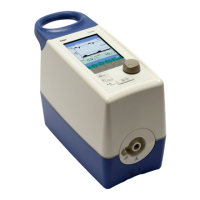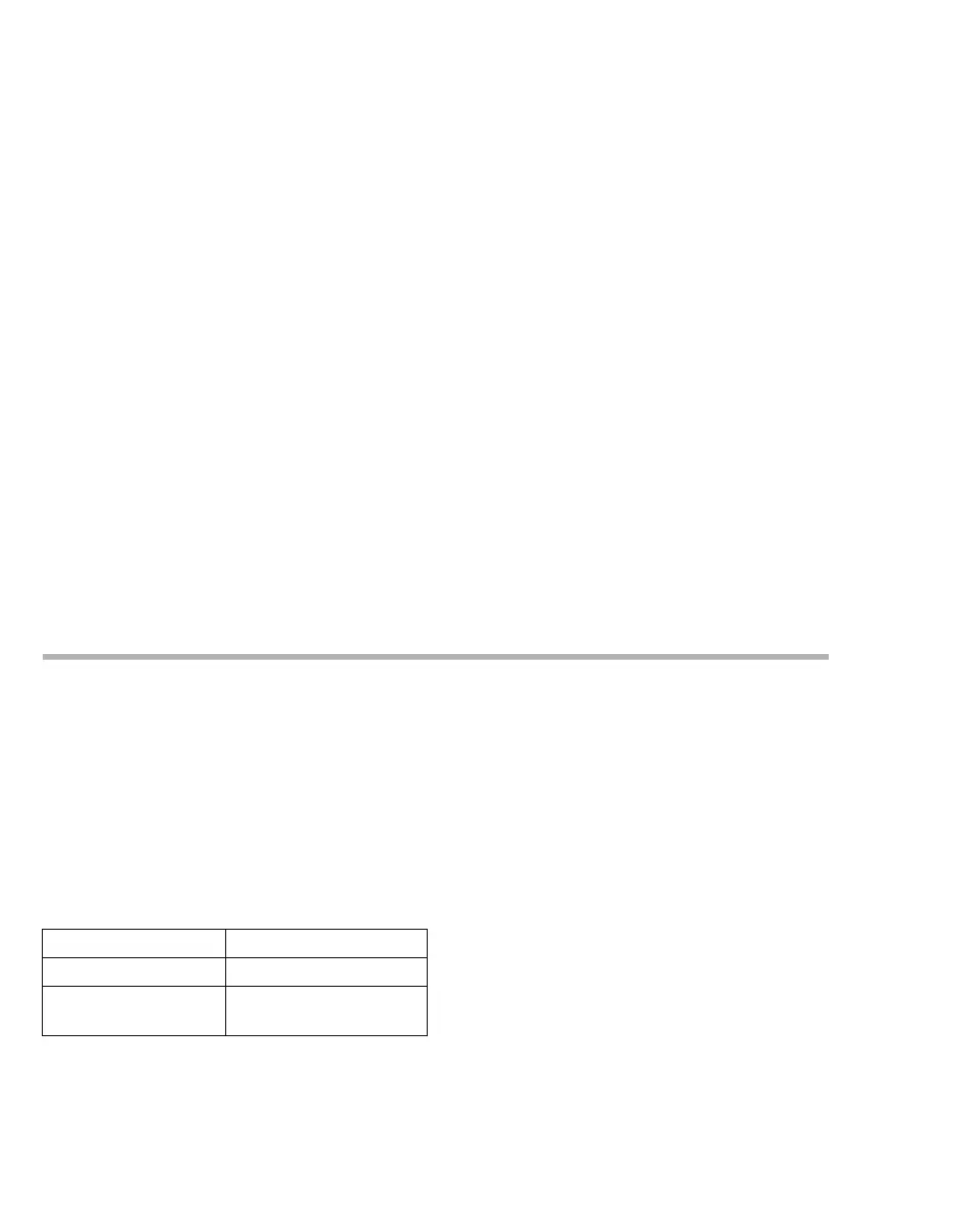Principles of operation
160 Instructions for use Carina SW 3.2n
As the pressure in the breathing circuit is reduced,
the risk of CO2 rebreathing increases. At low pres-
sure the flow through the leakage valve is reduced,
which means that it is possible that not all of the
CO
2 is discharged from the breathing circuit.
If the device is not operating, insufficient CO
2 is dis-
charged from the breathing circuit via the leakage
valve. In this case, the result will be CO
2 rebreath-
ing by the patient. Patients must not be connected
to the device if it is not operating.
Invasive ventilation with expiratory valve
The breathing circuit is fitted with an expiratory
valve. The exhaled expiratory gas flows directly into
the environment through the expiratory valve even
if the device is not operating. This prevents CO2 re-
breathing.
If the device is not operating, there is no ventilation.
Patients must not be connected to the device.
Additional functions
Flow reduction (Anti Air Shower)
Flow delivery is reduced if disconnection is de-
tected. This convenience function supports the pa-
tient when removing the mask. An unnecessarily
high flow through the removed mask is prevented.
The Airway pressure low !!! alarm can be delayed
by up to 120 seconds. The Tdiscon delay time can
be set for this.
As soon as Carina has detected an inspiratory ef-
fort with the aid of the trigger criteria or a reconnec-
tion, ventilation will be continued with the previous
settings. Trigger criteria, see page 156.
The Anti Air Shower function can be selected in the
service menu. If the function is switched off, flow is
not reduced even if a disconnection is detected,
seepage90.
Application mode Delay time Tdiscon
Invasive ventilation 0 to 60 s
Non-invasive ventila-
tion
0 to 120 s

